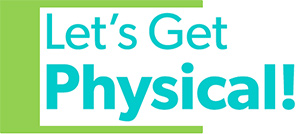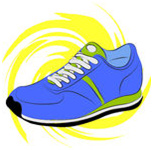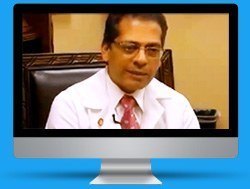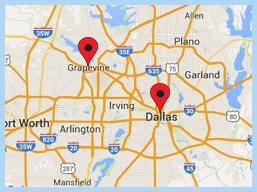Let’s Get Physical !
Did you know that between 70-90% of deaths from chronic illnesses in the U.S. are believed to be caused by poor nutrition, sedentary living, and tobacco use. One of the best ways to prevent the development of chronic illness is to engage in physical activity! When it comes to exercise, it doesn’t matter where you start- all that matters is that you get started.The key to exercise is finding something you can do and enjoy on a regular basis.The benefits of exercise include:
- Improves blood sugar utilization
- Reduces your risk for developing cardiovascular disease
- Prevent and reverses muscle loss (sarcopenia)
- Improves body composition
- Improves muscle tone and function
- Improves mood
- Enhances energy
Knowing the three pillars of physical activity can help you choose an exercise that’s right for you based on your health goals:
- Aerobic training:Aerobic activity is an exercise that you are able to do at a moderate intensity for a relatively long period of time. The benefits of aerobic training may include: Supporting weight loss and maintenance, increase stamina, reduce risk of chronic health conditions, strengthen your heart, contribute to your life span, and keep your arteries clear. Some examples of aerobic training include: brisk walking, dancing, tennis, jogging, swimming laps, riding a bicycle, and water aerobics.The American College of Sports Medicine recommends adults should get at least 150 minutes of moderate-intensity exercise per week which can be accomplished through 30-60 minutes of moderate-intensity exercise (five days per week) or 20-60 minutes of vigorous-intensity exercise (three days per week).
- Flexibility:Flexibility (most people call this stretching) is vital for health. It’s defined as the ability for a muscle to attain optimal length. When gaining flexibility you may stretch statically or dynamically. Static stretching is where you hold a position for 15-20 seconds whereas in a dynamic stretch you move through a range of motions without holding the stretch. Some benefits of stretching include: decreases risk of injury, increases flexibility, increases oxygen flow to tissues, and decreases recovery time and soreness.The American College of Sports Medicine recommends adults should do flexibility exercises at least two or three days each week to improve range of motion with each stretch being held for 10-30 seconds to the point of tightness or slight discomfort. Repeat each stretch 2-4 times.
- Resistance training:Resistance trainingis any exercise that forces the body to work against an opposing force by either using your own body weight as resistance or using an external resistance provided by weights, elastic resistance, bands, a machine, etc. Benefits of strength training include: increasing lean muscle mass, decreasing the stress hormone cortisol, preventing osteoporosis and sarcopenia, increasing bone density, and having a positive effect on metabolic rate and blood sugar metabolism. The American College of Sports Medicine recommends adults should train each major muscle group (arms, legs, and core/back) two or three days each week using a variety of exercises and equipment.
GET F.I.T.T.
The F.I.T.T. principal explains how to conduct your physical activity or exercise plan and stands for frequency, intensity, time, and type. Make sure to think about all four of these areas when making exercise goals or coming up with an exercise plan.
Frequency: How often you exercise is the most important variable. After any form of exercise is performed your body completes a process of rebuilding and repairing. So determining the frequency of exercise is important in order to find a balance that provides just enough stress for the body to adapt and also allows enough rest time for healing.2
Intensity: Defined as the amount of effort or work that must be invested in a specific exercise workout. This requires a good balance to ensure that the intensity is hard enough to overload the body but not so difficult that it results in overtraining, injury or burnout.2
Time: Time is simply how long each individual session should last. This will vary based on the intensity and type.2The amount of time you spend exercising is often inversely related to your intensity. For example, if you are sprinting (high intensity) you may not be able to go for very long (the time) before becoming tired and having to stop.
Type: What type of exercise will you be doing? Will an exercise session be primarily cardiovascular, resistance training or a combination of both? And, what specific exercises will you perform.2
Dallas
3800 San Jacinto
Dallas, TX 75204
(214) 827-8777
Driving DirectionsHours:
Monday, Wednesday,
Friday: 8:00 a.m. - 11:00 a.m.
Tuesday: 4:00 p.m. - 7:00 p.m.Grapevine
823 Ira E. Woods Avenue
Grapevine, TX 76051
(214) 827-8777
Driving DirectionsHours:
Thursday: 1:30 p.m. - 5:00 p.m.








